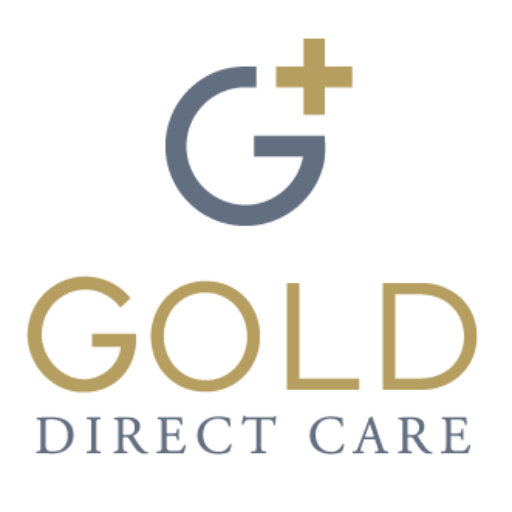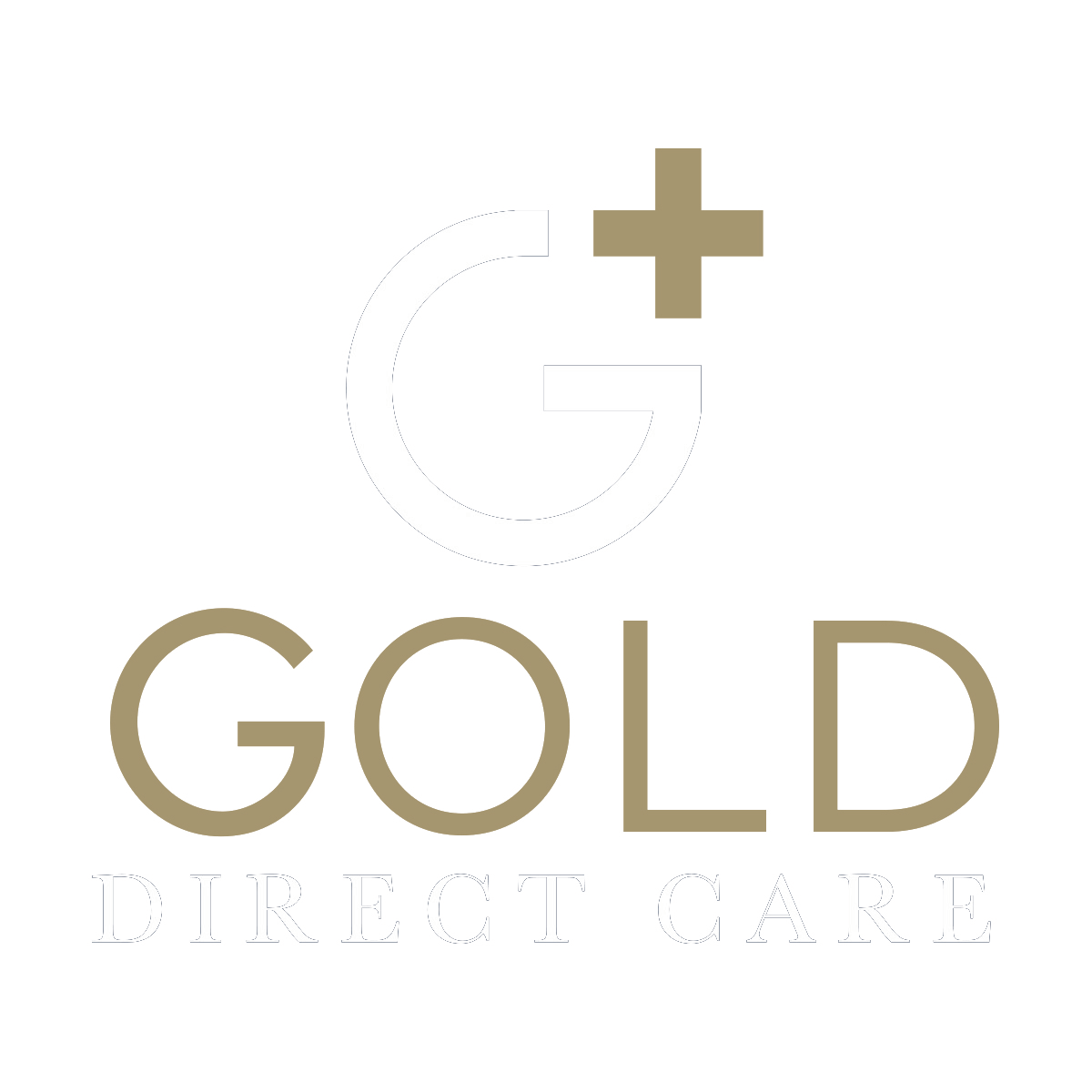Group insurance plans are often marketed as a convenient way for small businesses to provide employee healthcare benefits. On the surface, they seem straightforward: one monthly premium, a set of coverage options, and predictable costs. Yet, many business owners find themselves blindsided by the hidden costs of group insurance—expenses that don’t appear in the initial premium but quickly add up, cutting into profitability.
For local businesses already operating with tight margins, these costs can make offering healthcare benefits feel more like a burden than a benefit. Understanding where these hidden expenses come from is the first step toward finding a more sustainable solution.
At Gold Direct Care, we’ve worked with many small business owners who were frustrated by these issues and searching for alternatives.
A Closer Look at the Five Most Common Hidden Costs
1. Rising Premiums That Outpace Business Growth
One of the most painful realities for small business owners is that group insurance premiums rarely stay the same for long. Each year, many companies are hit with double-digit rate hikes, regardless of whether their employees actually used much care.
These increases aren’t tied to how your business performs or grows. Instead, they’re based on larger risk pools, insurer calculations, and rising healthcare costs. The end result? You’re forced to absorb higher expenses year after year, leaving less money available for reinvestment in your business, staff wages, or growth initiatives.
This constant upward pressure on premiums is one of the most significant hidden costs of group insurance, because it’s not something you can easily forecast. What feels manageable in year one can become financially draining by year three or four.
2. Administrative Burdens That Drain Time
Many business owners underestimate the administrative workload that comes with managing a group insurance plan. Handling enrollment, tracking eligibility, resolving billing errors, and assisting employees with claim issues all fall on someone—usually an office manager, HR staffer, or the owner themselves in smaller companies.
This hidden cost doesn’t appear on your balance sheet, but it shows up in lost time and productivity. Every hour spent navigating insurance red tape is an hour not spent serving customers or improving operations.
Direct primary care models like those offered by Gold Direct Care significantly reduce this burden by removing insurance from the equation altogether. With simplified, transparent membership-based pricing, there are no complicated forms or endless claims to process.
3. High Deductibles and Out-of-Pocket Expenses
Many group plans keep monthly premiums “affordable” by offering high-deductible options. While these look good on paper, the reality is that employees often delay or avoid care because they can’t afford the upfront out-of-pocket costs.
For small businesses, this creates a ripple effect. Employees who skip preventative visits or ignore early warning signs of illness often end up with bigger health issues later. That means more sick days, lower productivity, and in some cases, higher turnover if staff feel unsupported.
This indirect cost—reduced workforce health and efficiency—is another often-overlooked downside of group insurance.
At Gold Direct Care, our model ensures employees have access to affordable, proactive care without the financial barriers of high deductibles. Regular checkups, same-day appointments, and transparent pricing help keep teams healthier and more productive.
4. Limited Access to Quality Care
Traditional group insurance plans may restrict employees to narrow networks. While this keeps insurer costs down, it also limits your team’s ability to see providers they trust. In some cases, employees may need to travel long distances or face long wait times just to access care.
When employees struggle to get timely appointments, it leads to delayed diagnoses, longer recovery times, and added stress. For a small business, this translates into more absenteeism and decreased morale.
By contrast, a direct primary care model gives employees immediate, convenient access to physicians who actually take time to understand their health. At Gold Direct Care, patients enjoy longer visits and same- or next-day scheduling—something rarely possible in traditional insurance-based systems.
5. Hidden Impact on Recruitment and Retention
Employee benefits play a major role in attracting and keeping talent. However, group insurance’s hidden costs—rising premiums, limited coverage, and high deductibles—can undermine these efforts. Workers may see the “benefit” as less valuable if it doesn’t truly meet their needs, leading them to look elsewhere.
Replacing employees is expensive. Recruitment costs, training time, and the disruption caused by turnover add up quickly. A benefit that was supposed to strengthen your workforce can, ironically, weaken it if it fails to deliver real value.
Offering a more innovative, employee-centered healthcare solution can be a game-changer. Direct primary care through Gold Direct Care allows businesses to provide meaningful, affordable healthcare access, helping boost retention while reducing the financial unpredictability of traditional group plans.
Rethinking Healthcare for Small Businesses
The hidden costs of group insurance—from unpredictable premium hikes to employee dissatisfaction—create significant challenges for small businesses. While these plans may look appealing at first glance, they often undermine profitability and long-term growth.
Gold Direct Care offers a smarter path forward. By removing insurance companies from the equation, our direct primary care model gives businesses transparency, predictability, and true value for their healthcare investment. Employees gain reliable access to high-quality care, and employers benefit from lower costs, reduced administrative headaches, and stronger team loyalty.If you’re a small business owner struggling under the weight of group insurance, it may be time to explore an alternative. With Gold Direct Care, you can provide healthcare benefits that actually support your business goals rather than drain your resources.






